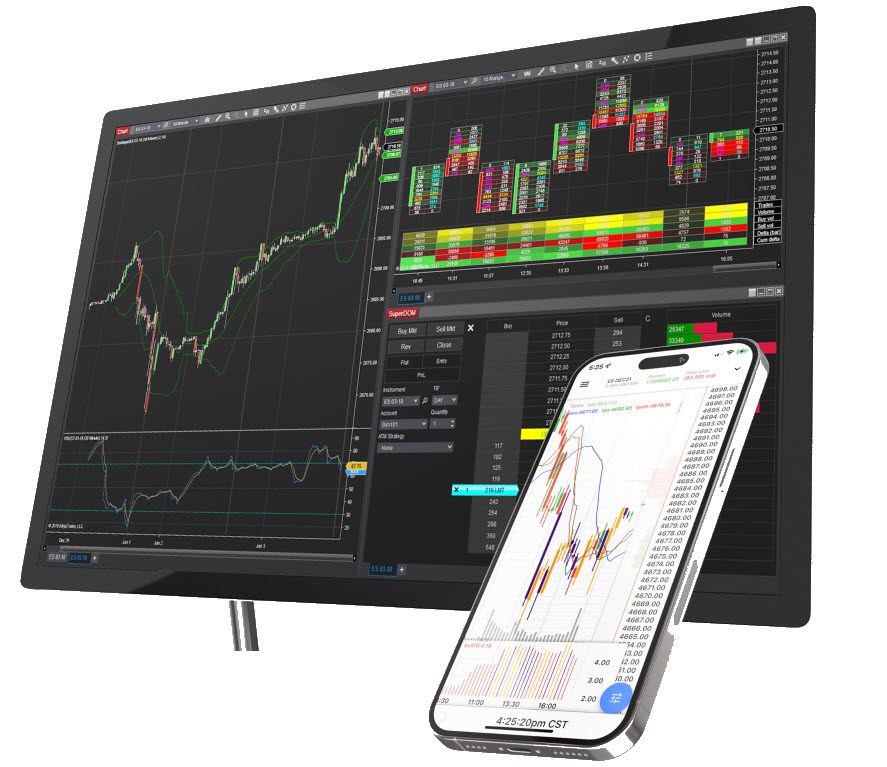Forex trading, the largest financial market in the world, attracts many participants ranging from individual traders to large financial institutions. As technology evolves, the ease of access and variety of tools available for forex trading have multiplied. This article delves into the realm of forex trading platforms, evaluating the functionality they offer, popular options, and considerations for selecting the ideal platform.

Understanding Forex Trading Platforms
Defining the Term
Forex trading platforms are software applications that facilitate the trading of foreign currencies. These platforms provide traders with the tools and resources necessary to analyze the forex market, execute trades, and manage their trading accounts.
Desktop vs. Web-based Platforms
Traditionally, forex trading platforms were desktop-based, requiring installation on a computer. However, as technology progressed, web-based platforms emerged. Desktop platforms often offer more advanced features and are known for their stability and performance. In contrast, web-based platforms are more accessible, as they can be used from any device with an internet connection.
Popular Forex Trading Platforms
MetaTrader 4 (MT4)
MetaTrader 4 is one of the most popular forex trading platforms among retail traders. It is known for its user-friendly interface, a plethora of charting tools, and a vast marketplace of custom indicators and Expert Advisors (EAs), which are automated trading strategies.
MetaTrader 5 (MT5)
As the successor to MT4, MetaTrader 5 boasts more features, including more timeframes, more order types, an economic calendar, and improved charting tools. However, it is slightly less popular than MT4 due to its complexity.
cTrader
cTrader is a forex trading platform known for its intuitive and uncluttered interface. It offers advanced charting tools, Level II pricing, and automated trading through cAlgo, which allows traders to create their custom trading algorithms.
NinjaTrader
NinjaTrader caters primarily to advanced and professional traders. It is renowned for its advanced charting and analysis tools. NinjaTrader also offers extensive options for automated trading, with an emphasis on customization and strategy backtesting.
Selecting a Forex Trading Platform
Match Your Skill Level
When choosing a trading platform, it’s vital to select one that matches your level of experience and knowledge. Beginners might find simpler platforms with a user-friendly interface more suitable, while experienced traders might opt for platforms with advanced analysis tools.
Consider Your Trading Strategy
Different trading strategies require different tools and functionalities. For instance, if you’re involved in high-frequency trading, you might need a platform that can handle rapid trades and offers tools for quick analysis. Conversely, long-term traders might prioritize comprehensive research tools.
Evaluate Customization and Automation Options
Customization and automation are key factors in improving trading efficiency. Platforms like MT4 and NinjaTrader allow for extensive customization and automation through scripts and trading algorithms. Evaluate the customization options in relation to your trading style and preferences.
Security and Reliability
The security of your funds and data is paramount. Ensure that the platform you choose has robust security measures in place. Additionally, the reliability of the platform in terms of performance and uptime is crucial, especially for traders who rely on timely market information.
Regulatory Compliance and Broker Compatibility
Regulatory Adherence
Ensure that the trading platform adheres to the regulations of the jurisdiction in which you are trading. Regulatory compliance helps safeguard traders’ interests and ensuring fair trading practices.
Broker Compatibility
Finally, it’s essential to consider the compatibility of the trading platform with your chosen broker. Not all brokers support every platform, so it’s important to ensure that your broker of choice is compatible with the trading platform you wish to use.
If you are unsure if a forex broker is compatible with a certain forex broker then you can easily check this by going to ForexBrokersOnline. A website that makes very easy to check which feature a certain forex broker supports and which features and trading software it does not support.
Additional Services and Support
Some trading platforms offer additional services such as market news, analysis, and educational resources. These can be invaluable, especially for beginner traders who are still learning the ropes. Moreover, customer support is another aspect to consider. Being able to rely on timely and helpful support in case of technical issues is crucial.
Potential Challenges and Risks
Learning Curve
Forex trading platforms can be complex, and it might take time to learn all the functionalities. Especially for beginners, the plethora of features can be overwhelming. It is advisable to start with a demo account to familiarize yourself with the platform without risking real funds.
Technological Risks
With the dependency on technology, there’s always the risk of technical glitches. Server downtimes, software bugs, or even a slow internet connection can sometimes make the difference between a profitable trade and a loss.
Costs and Fees
While trading platforms themselves might be free, there might be costs associated with using certain features or services. Additionally, brokers might have different fee structures for different platforms. It’s essential to be aware of any fees that will apply to your trading activity.
The Evolution of Forex Trading Platforms
As technology continues to evolve, forex trading platforms are becoming more advanced and integrated. The rise of mobile trading allows traders to manage their accounts on the go. Additionally, the integration of AI and machine learning into trading platforms opens up new possibilities for market analysis and automated trading strategies.
Furthermore, social trading features are gaining popularity, allowing traders to follow and copy the trades of experienced professionals. This not only democratizes forex trading but also serves as a learning tool for novice traders.
This article was last updated on: May 11, 2025
